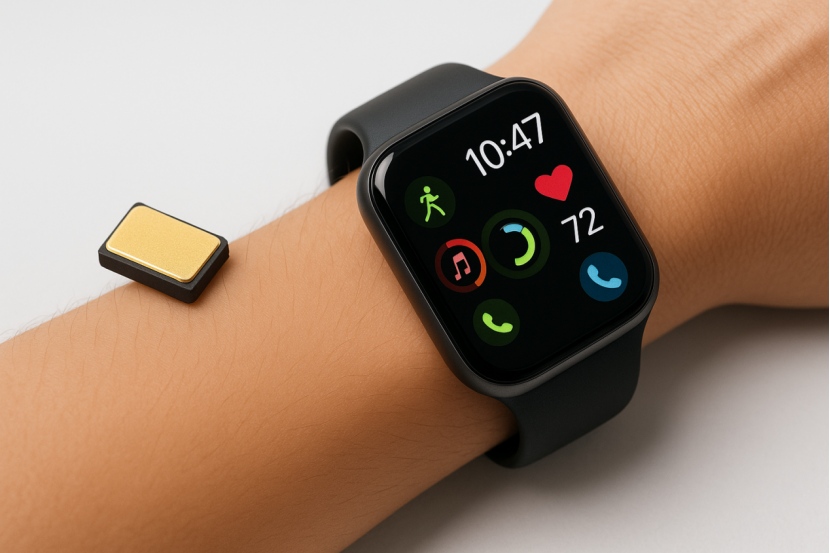What is Wearable Technology in 2025?
Jun 04, 2025
In 2025, wearable technology has evolved into an ecosystem of advanced, compact, and highly capable devices—most notably, smartwatches. These devices have transcended basic fitness tracking to become multifunctional companions that integrate health monitoring, communication, navigation, and contactless payment into a single wrist-worn form.
The Era of Multi-functional Smartwatches
Today’s smartwatches are expected to perform a wide range of tasks with precision and speed. Features such as real-time ECG monitoring, sleep tracking powered by machine learning, voice assistants, and seamless smartphone integration have become standard. This rise in functionality places a significant demand on the internal architecture of these devices.
A major engineering challenge lies in balancing functionality with form factor. With consumers demanding thinner, lighter wearables, manufacturers are pressed to miniaturize components without sacrificing performance. The drive for compact, multifunctional modules requires innovation not only in software but also in the foundational hardware.
Power Efficiency and Battery Life
Battery life remains a critical benchmark for user satisfaction. While some models tout multi-day performance, the integration of high-resolution displays and continuous sensor operation often compromises energy consumption. Consequently, every hardware component must be power-optimized.
For instance, Temperature Compensated Crystal Oscillators (TCXOs) have become essential in modern smartwatch design. These oscillators ensure precise frequency control even under fluctuating temperatures—crucial for GPS synchronization, Bluetooth connectivity, and heart rate sensor timing. Their low power consumption directly supports extended battery life without sacrificing signal stability.
Structural Constraints and Compact Design
The demand for a sleeker form factor has pushed the industry toward highly integrated designs. Flexible PCBs, stacked component layouts, and multi-functional chips are now common. As available space shrinks, the role of miniature crystal oscillators becomes increasingly vital. These components must maintain performance integrity while occupying minimal board area.
Products such as the SMD2016 crystal oscillator, which measures 2.0x1.6 mm and is housed in a metal package, are designed for next-generation wearable electronics. Despite their reduced size, they are still able to provide stable frequency performance, which is critical for Bluetooth and sensor timing. The use of non-ceramic materials enhances thermal conductivity and mechanical resilience, ensuring reliable operation in compact, high-density smartwatch layouts.
Reliability in Continuous Monitoring
Smartwatches now support continuous monitoring of health data, including SpO2, heart variability, and skin temperature. This uninterrupted function demands a consistent and reliable clock source, unaffected by movement or external interference.
Quartz-based frequency components are preferred for their excellent phase noise characteristics and long-term stability. These features are especially important when devices operate 24/7, under both indoor and outdoor conditions. Some wearable designs now incorporate low-jitter VCXOs to support real-time audio signal processing for on-wrist calls and alerts.
The Role of Frequency Components in 2025 Wearables
Wearable tech relies on seamless communication—Bluetooth, Wi-Fi, LTE, and even ultra-wideband (UWB). The foundation for all these wireless technologies lies in stable timing and frequency references. As wireless protocols advance, the importance of precise frequency control grows.
For example, OCXOs (Oven Controlled Crystal Oscillators), although traditionally used in larger equipment, are seeing innovations in micro-packaged variants for advanced wearables used in military or industrial applications. These components guarantee ultra-high stability required for mission-critical communications.
Wearable technology in 2025 is a fusion of compact design, expanded functionality, and extended endurance. To achieve this, designers are increasingly reliant on precision components that balance performance and efficiency. Frequency control elements like TCXOs, VCXOs, and miniature SMD oscillators play a silent but critical role in meeting the technological demands of next-generation wearables. As innovation continues, the sophistication of these tiny components will only become more central to the evolution of wearable devices.If you have more product inquiries, please contact us at ivy@jghcrystal.com
Read More

